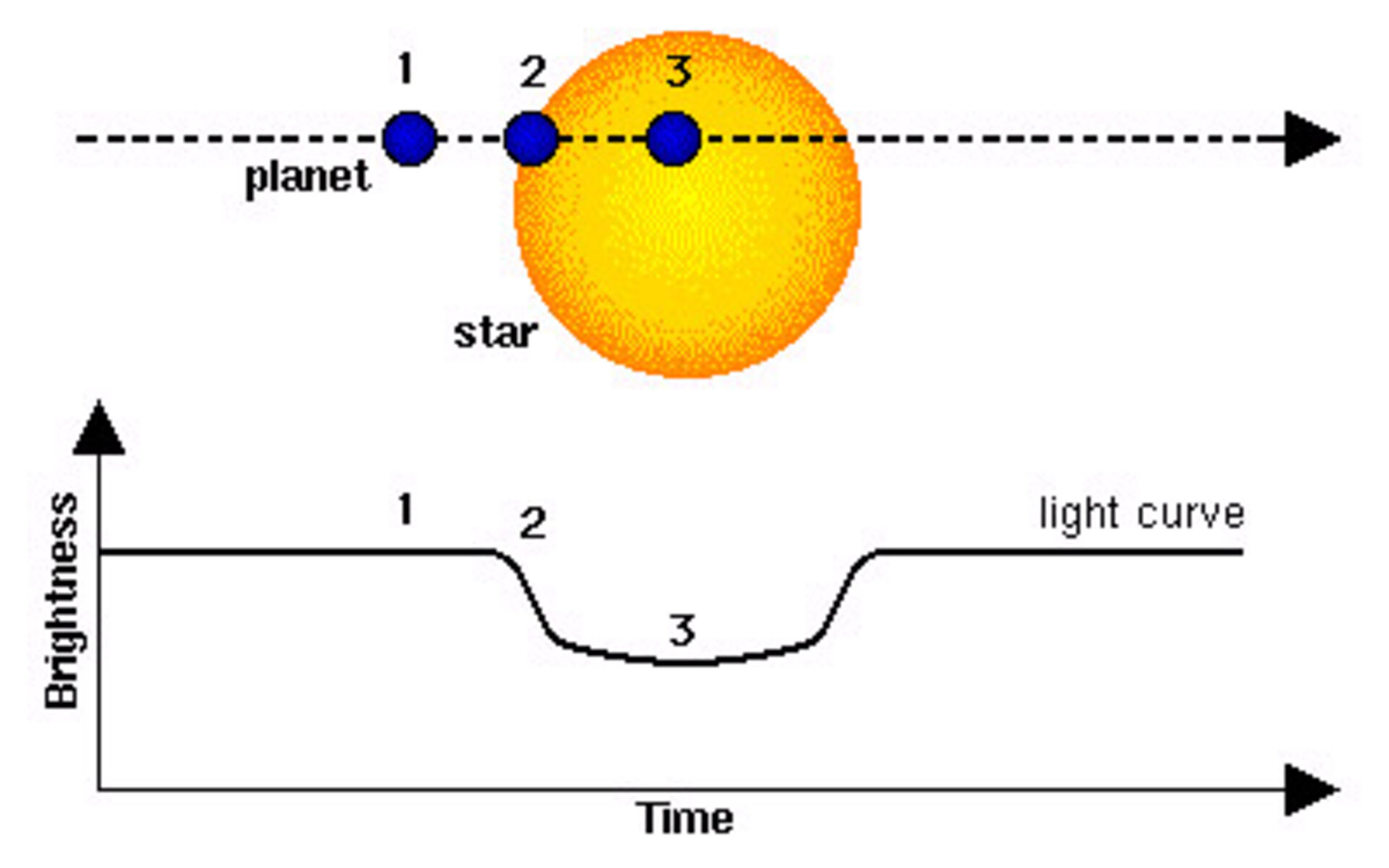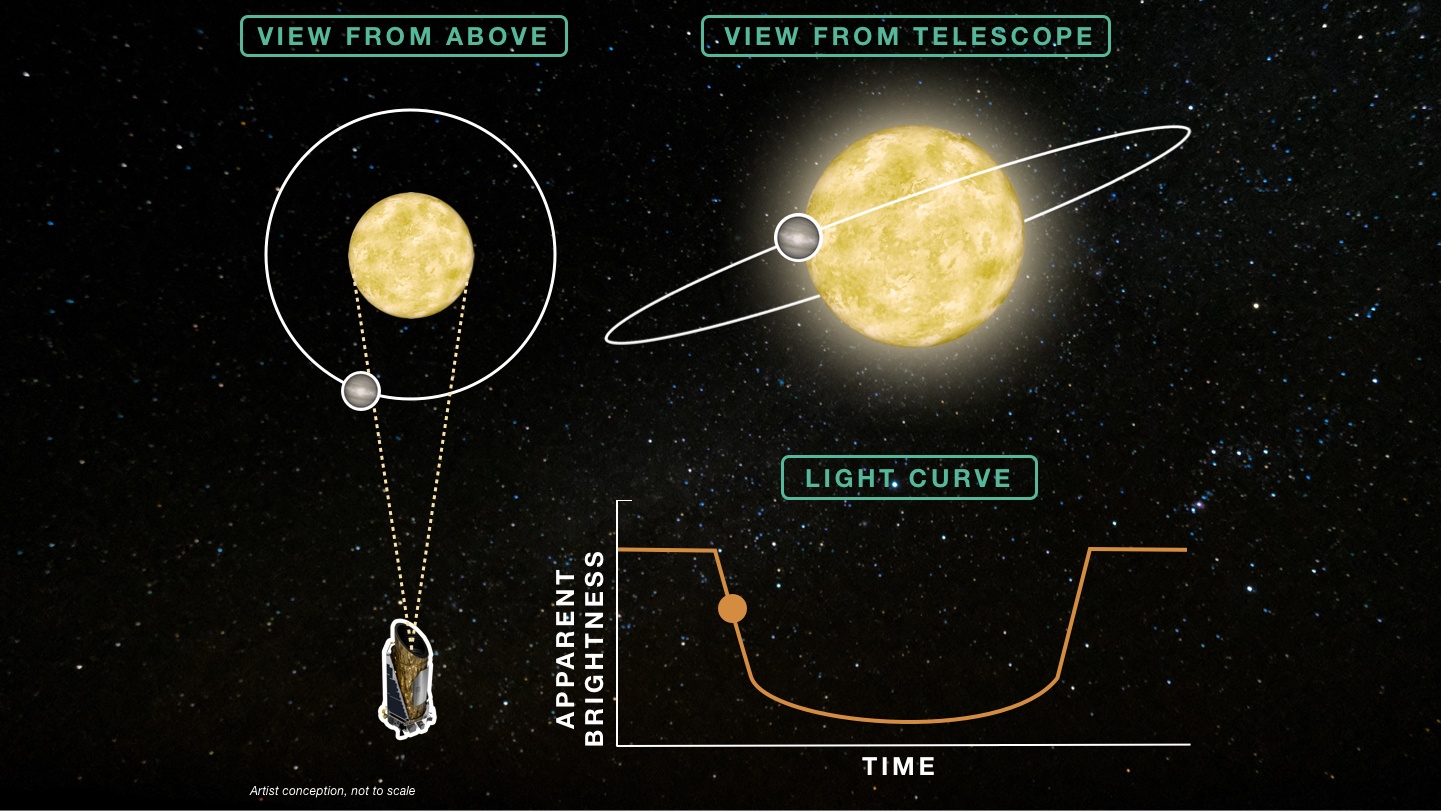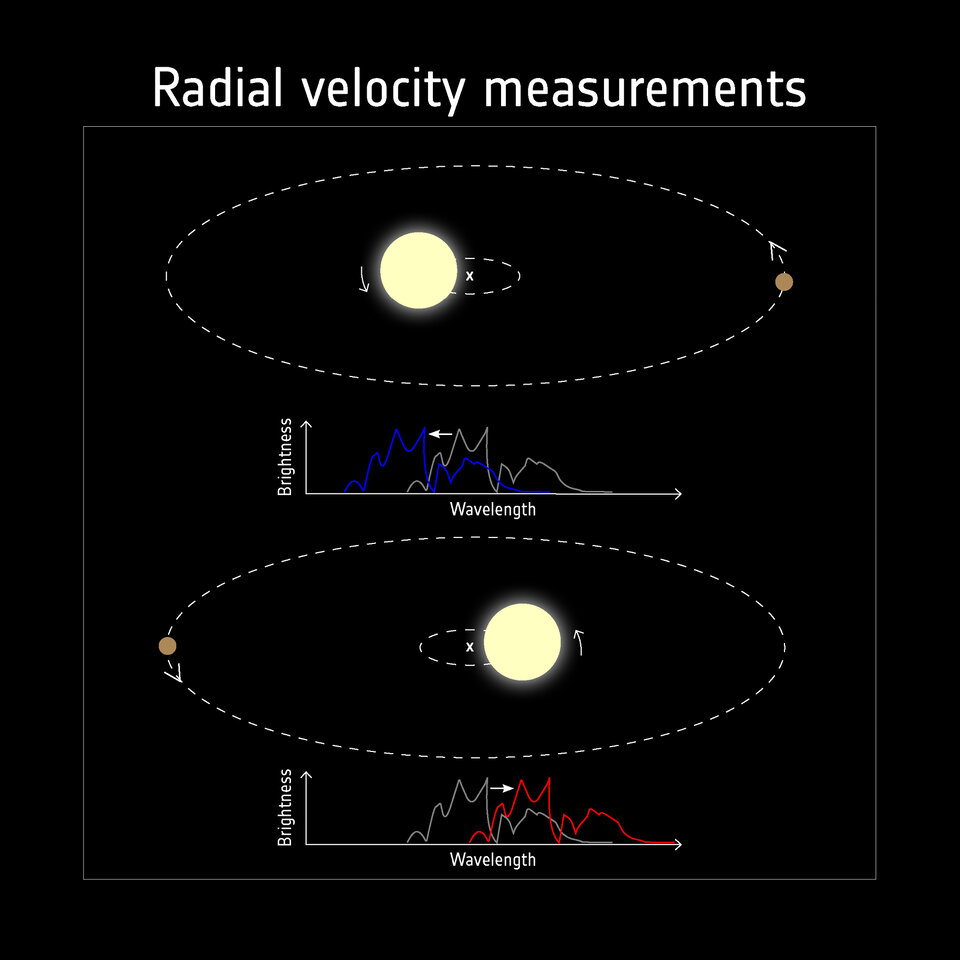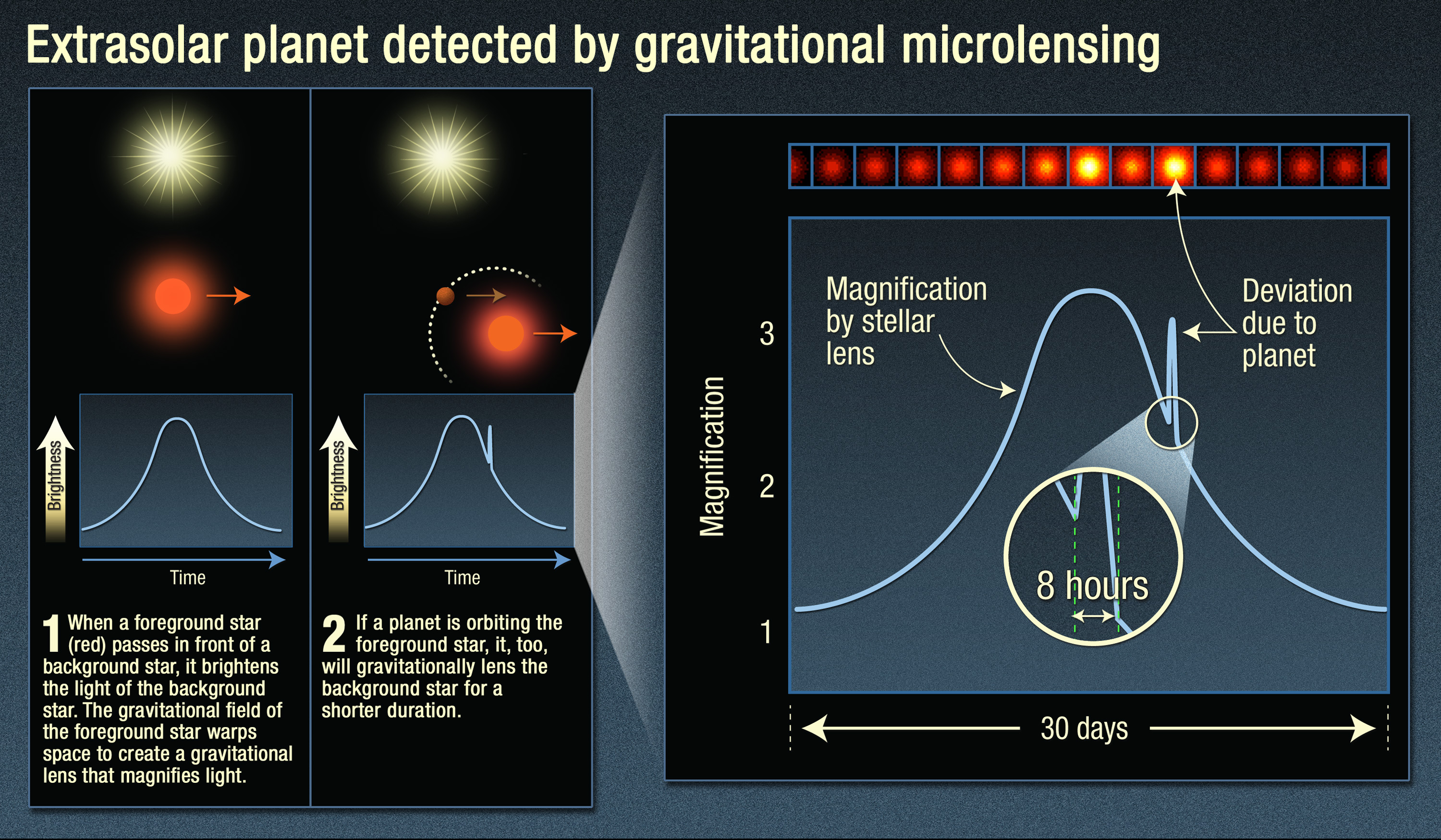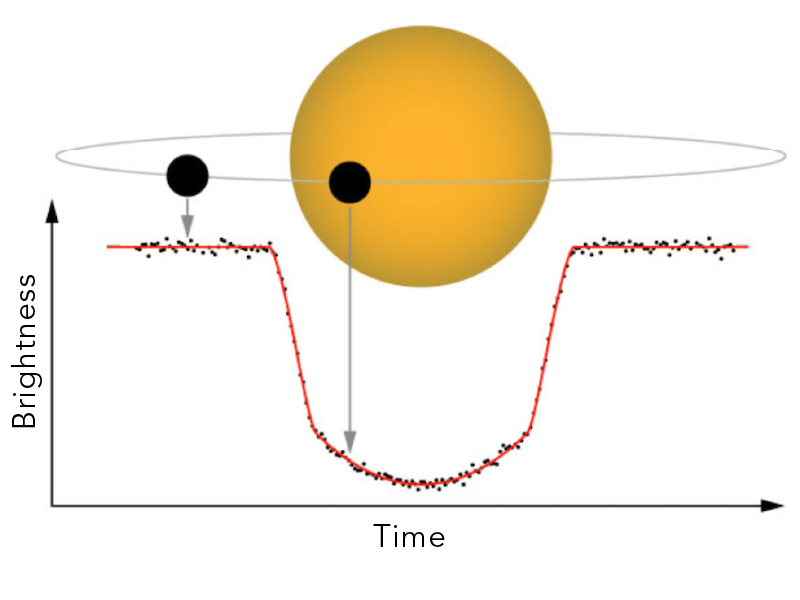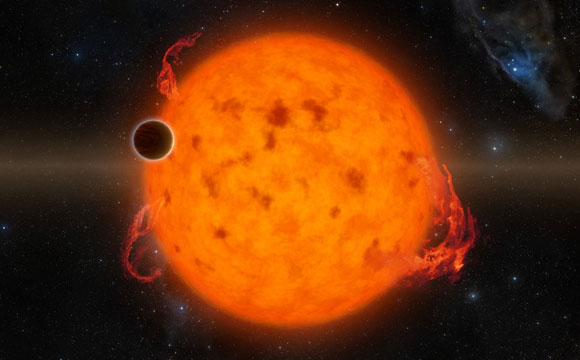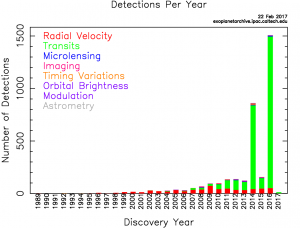Can’t-Miss Takeaways Of Info About How To Detect Extrasolar Planets

The vast majority of planetary detections so far have been achieved using the radial velocity technique.
How to detect extrasolar planets. Extrasolar planet, also called exoplanet, any planetary body that is outside the solar system and that usually orbits a star other than the sun. Planets are even tinier and are very difficult to spot next to their. Follow the links below to learn more about how astronomers find exoplanets.
Some exoplanets are found via the wobble. The first widely accepted detection of extrasolar planets was made by wolszczan (1994). Most exoplanets are found via the transit method.
Another technique to uncover exoplanets is monitoring tiny changes in a star's position and motion caused by the gravitational pull of one or more planets around it. One looks for the gravitational effect of a planet on its parent star and the other looks for brief dimming of a. Mathematical probability shows that some of these planets may contain life.
The first is to observe a star dimming slightly as a planet. Radial velocity method, transit method, direct imaging, etc. Wobbling can be detected by periodic red/blue shifts and astrometry.
Other methods of finding exoplanets include radial velocity (looking for a “wobble” in a star's position caused by a planet’s gravity), direct imaging (blocking the light of the star to. 8 hours agothere are two methods astronomers use to detect exoplanets. Extrasolar planets are planets that are found outside the solar system.
What method was first used to detect extrasolar planets? How do we detect extrasolar planets? How to search for exoplanets.
